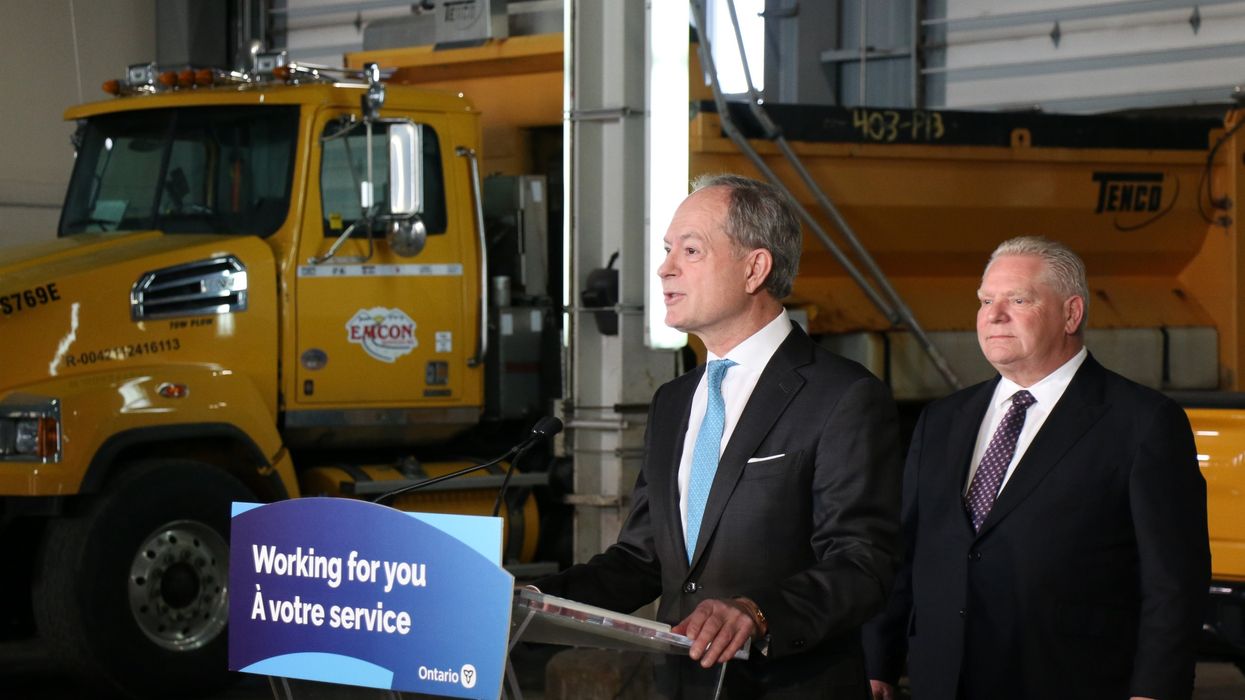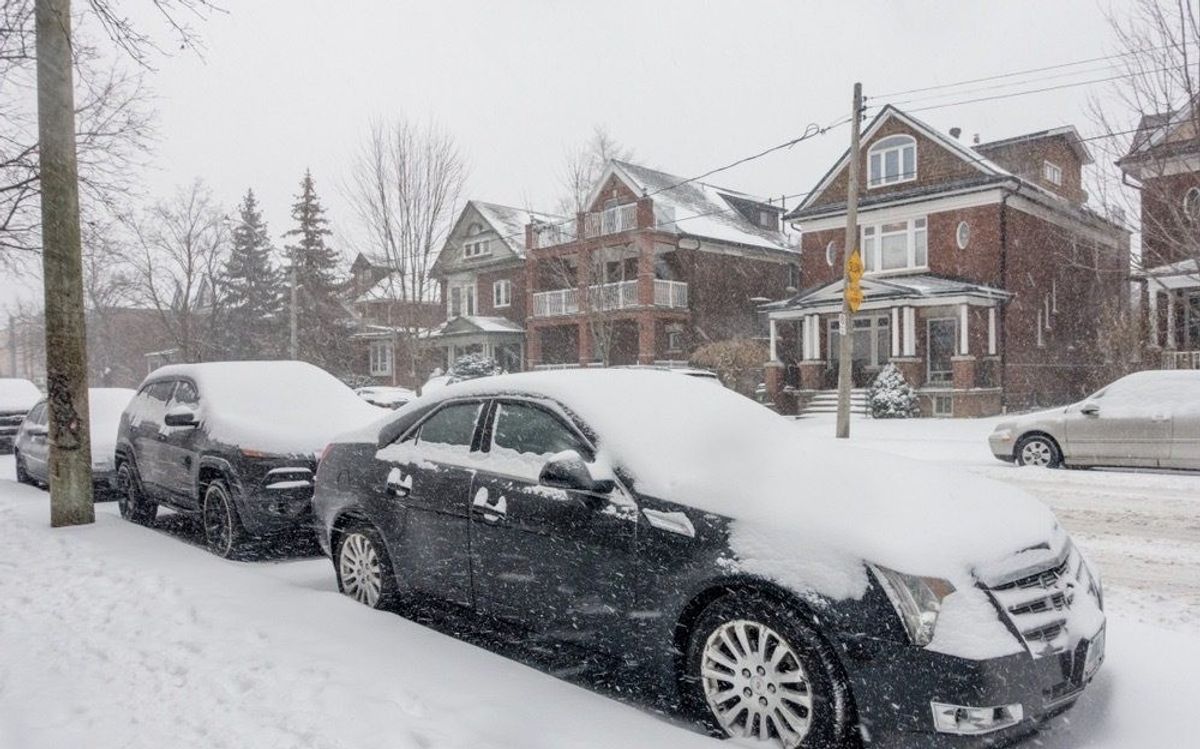Finance Minister Peter Bethlenfalvy presented the Ontario budget on Tuesday which, with a handful of exceptions, largely re-hashed already-announced initiatives.
Titled Building A Better Ontario, the budget focused on strengthening the province's economy which, although having performed better than expected last year, has seen its outlook deteriorate with significantly lower real GDP growth expected for this year amidst high interest rates.
The record-high, $214B budget outlined an expected $9.8B deficit for 2024-2025, which marks a gargantuan $10B jump from the $200M surplus that was projected last spring. This deficit will fall to $4.6B in 2025-2026 before coming back to a surplus of $500,000 in 2026-2027 — right before the next election.
As for inflation, the Province projects that it will ease to 2.6% this year before dropping down to the Bank of Canada's target of 2% next year.
"There's a light at the end of the tunnel, we can see it. But that said, we're not out of the tunnel quite yet," Bethlenfalvy said.
The Province's continued push for more infrastructure projects, including highways, was seen once again in the 2024 budget. Bethlenfalvy restated Ontario's commitment to expanding Highway 7, and building the new Highway 413 and Bradford Bypass. One new initiative laid out in the budget is the Building Ontario Fund, a new $3B infrastructure bank that will support the financing and building of critical infrastructure projects across the province.
Unsurprisingly, housing (or lack thereof) reared its head in the budget. The government's commitment to building 1.5M new homes by 2031 was restated once again — though the way they have been counting new "homes" by including "new and upgraded" long-term care beds has raised some eyebrows.
The Province says it will "empower municipalities to make more vacant homes available for housing" through the use of vacant home taxes. Toronto has already implemented such a tax, collecting 1% of a home's assessed valued for all properties left vacant for more than half of the year.
As well, the Province says it will take "further action to strengthen" the Non-Resident Speculation Tax with amendments to support compliance and improve fairness. What, exactly, these amendments would be was not specified.
Also without too many details is an "attainable housing program" the Province says it's developing to help make homeownership a reality for more Ontario families.
"This includes embracing modular construction and other innovative options to accelerate development, improve affordability and nurture home-grown industries that support quality jobs in Ontario," the budget reads. "The government is engaging with the construction sector, municipalities and Indigenous communities on the use of modular construction and other innovative technologies so that more people can live in a home that they can afford. Embracing innovative solutions like modular housing will help improve the supply of affordable and attainable housing for the people of Ontario."
To encourage more rental buildings, the Province — in addition to its previous axing of provincial sales tax on purpose-built rentals — will give municipalities the ability to charge up to 35% lower property on new purpose-built rental apartments.
But when it comes to building new homes, one of the major factors holding back progress is a lack of skilled labour. To that end, the Province is investing $100M more in the Skills Development Fund Training Stream to address challenges in hiring, training, and retaining workers. This comes in addition to the $860M already invested.
An additional $16.5M, spread over three years, is being provided as part of the Skilled Trades Strategy to attract more young people to jobs in skilled trades and encourage employer participation in apprenticeships.
“Our responsible approach allows us to support Ontario families, workers and municipalities while retaining a path to balance,” Bethlenfalvy said. “We will keep investing prudently to help create stronger communities and better opportunities for future generations.”





















